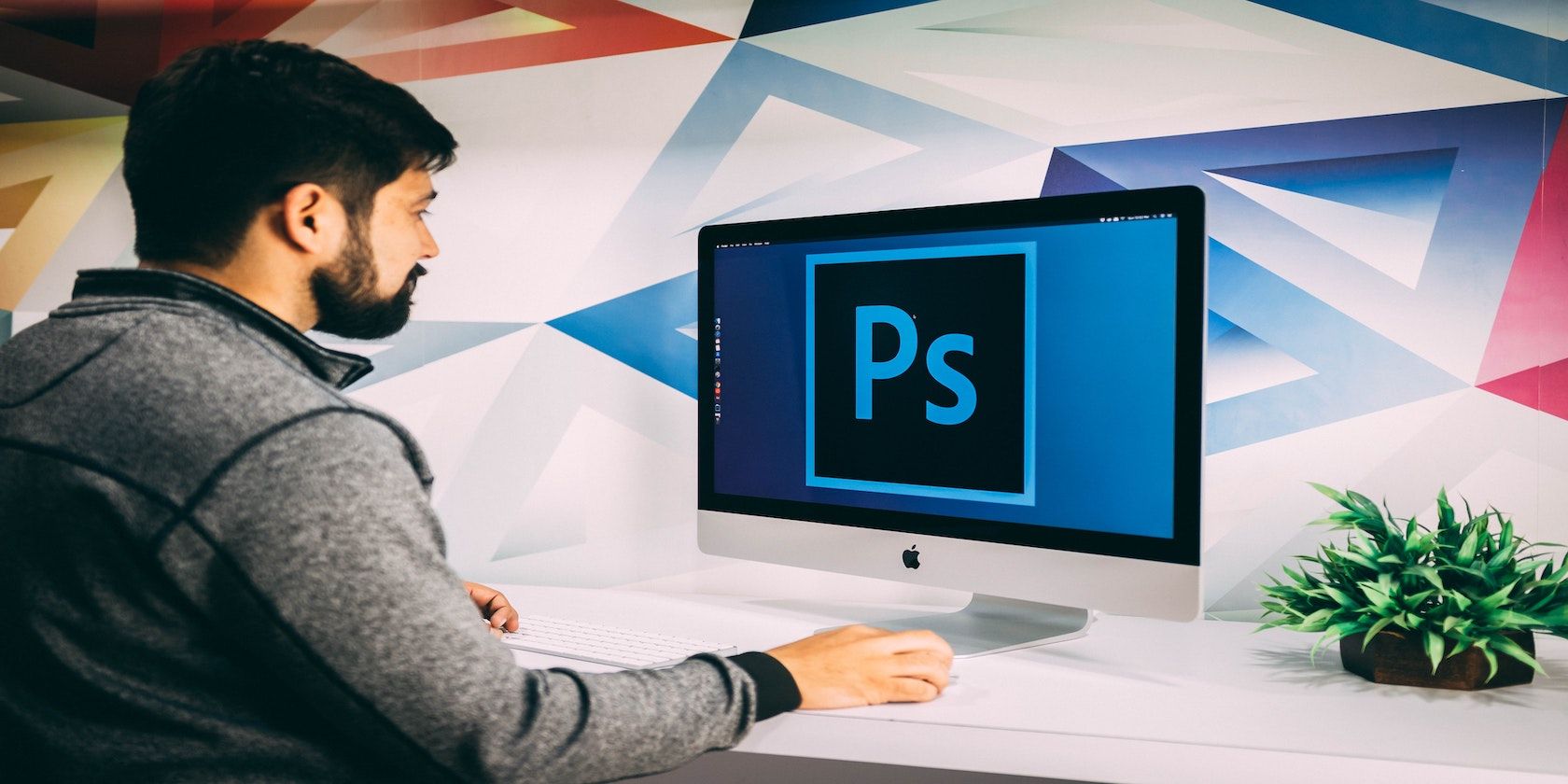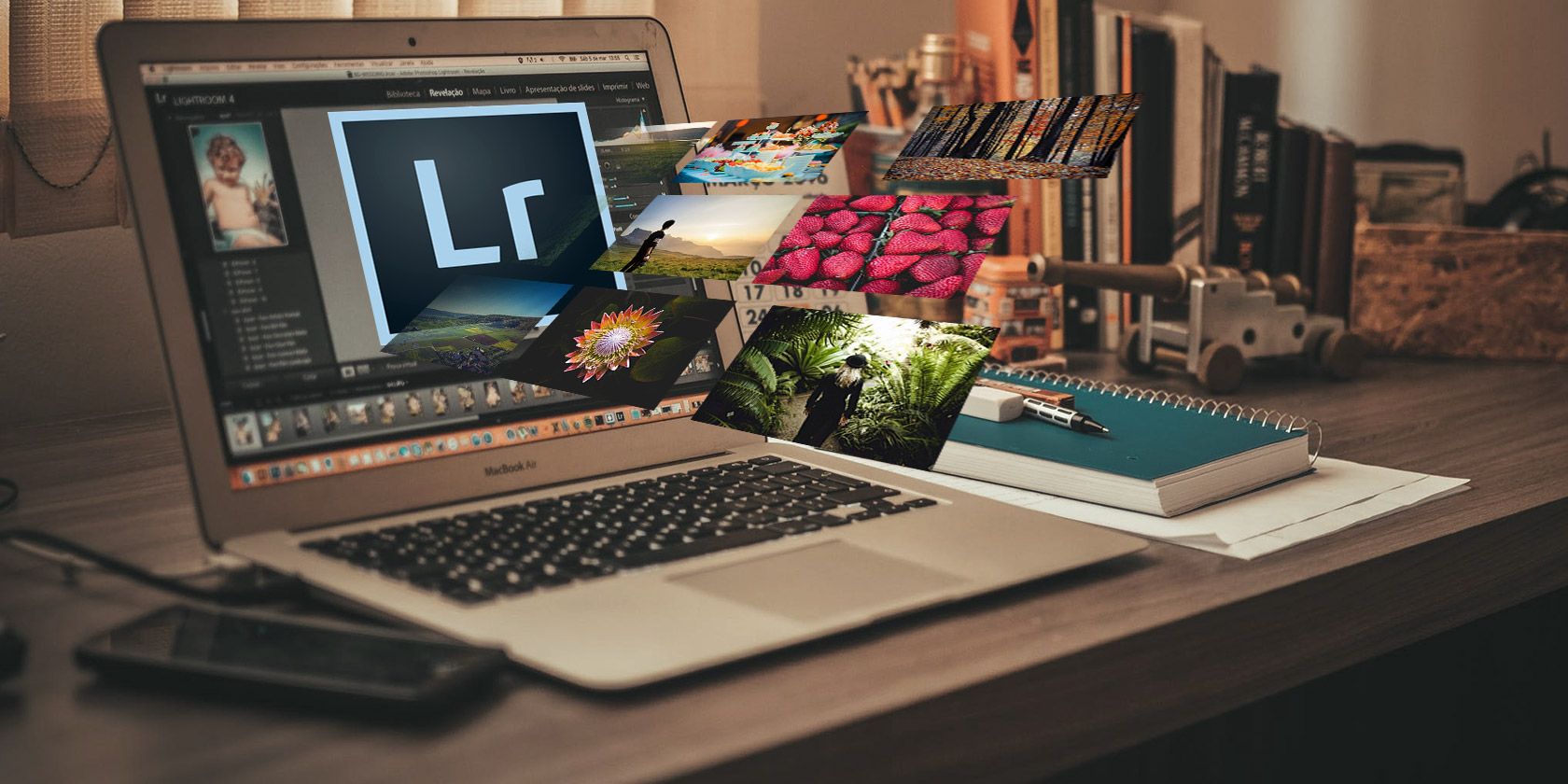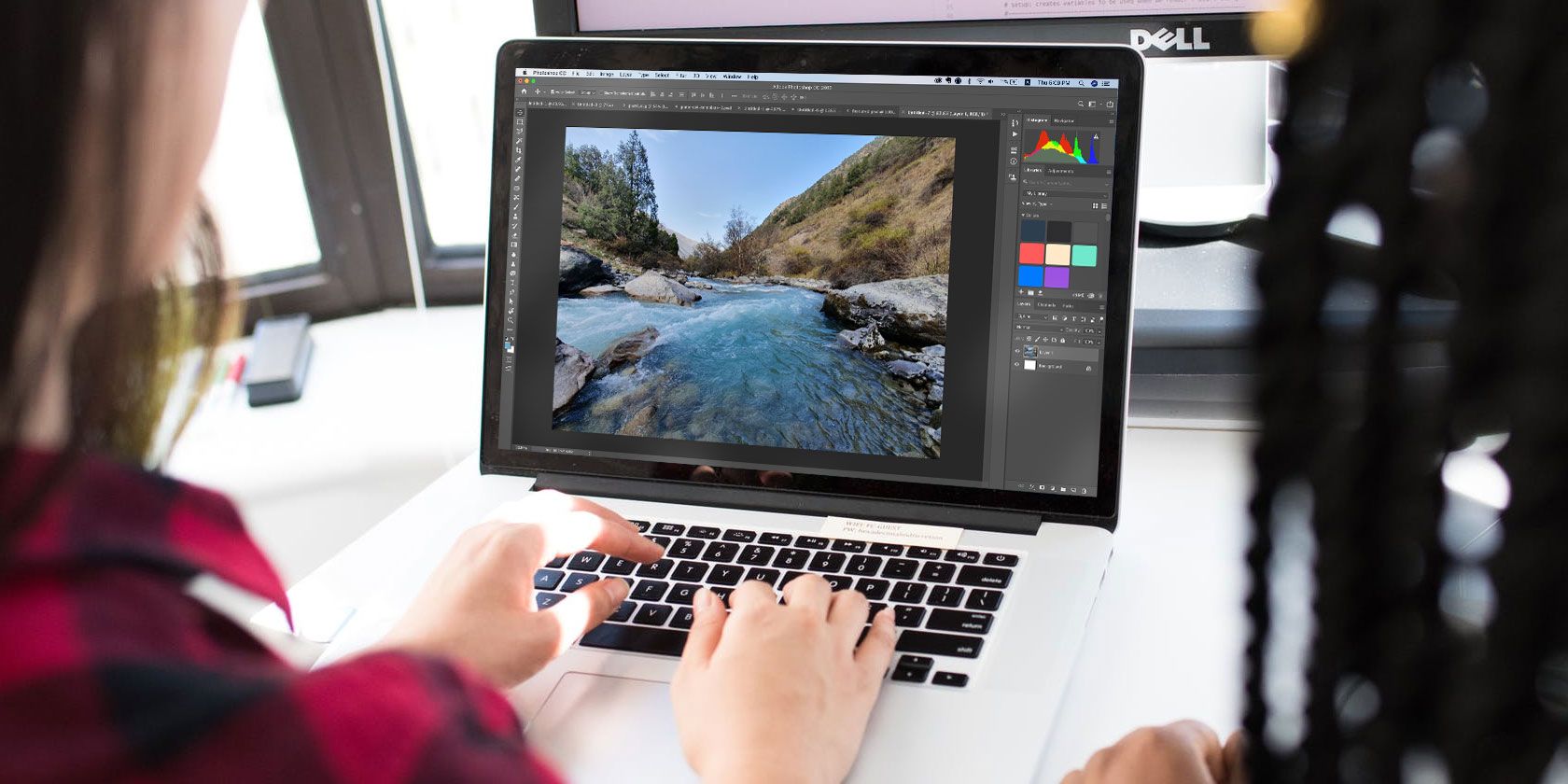It might not be immediately apparent, but many people aren't aware of the differences between Adobe Lightroom and Adobe Photoshop.
If you take a quick look at the feature set belonging to Photoshop and Lightroom, however, you'll see that they are both distinctly different applications.
Here, we take a look at how the two Adobe image editors differ and, by proxy, where their similarities occur. Let's see what sets Photoshop apart from Lightroom.
What Are Lightroom and Photoshop Used For?

The biggest difference between Photoshop and Lightroom is what they are intended to be used for.
While Photoshop started life as an application for raster graphics editing, it is now an industry standard for all manner of graphics editing and design.
So, Photoshop is not only capable of manipulating existing images, it can also be used to create images completely from scratch. It is intended as a graphics editor and has numerous tools associated with creating and editing graphics.
Lightroom on the other hand (what is Adobe Lightroom?), is designed solely with the conversion and editing of photographs in RAW image format. It is intended to be used by photographers who want to enhance their photos.
At its heart, Lightroom is a RAW file converter, but it also allows you to arrange your files (so acts as a file manager) and manipulate photographs too. However, unlike Photoshop, there are no design tools available in Lightroom.
So, Photoshop is intended to be used by graphic designers to create and manipulate raster graphics, while Lightroom is geared towards photographers who want to convert and enhance RAW image files.
What Can Lightroom Do That Photoshop Can't?

Lightroom might seem like a more simplistic tool than Photoshop, but that is because it is built around workflow rather than design. Here are a few of the main features that you'll find in Lightroom but not Photoshop.
Batch Editing
Need to apply the same changes to a whole bunch of images? Well, in that case, Lightroom should be your workhorse of choice.
Not only is the app able to apply batch editing to multiple files at once (saving you hours in the process) it can apply saved presets to the images, which can be downloaded from other sources, saving you even more hard work.
Non-Destructive Editing
If you are the type of person who changes their mind when they've edited an image and there's no way to recover the original file, then Lightroom offers a tool called "non-destructive editing".
Every time you make a change to an image, Lightroom creates a backup. So, no matter how many times you edit a photograph, you'll always be able to go back to a previous stage and recover the file.
RAW Editing
As mentioned, Lightroom is a RAW file editor so, if you take your shots in RAW format, then you can manipulate them straight away without the need for a specific tool. In this instance, Lightroom is the tool!
Photoshop requires you to have an additional plug-in called Adobe Camera RAW and doesn't work as an image editor for this kind of file---at least not straight out of the box. Lightroom does.
What Can Photoshop Do That Lightroom Can't?

As mentioned, Lightroom is a simplistic tool with the onus on smooth workflow. However, Photoshop is an incredibly powerful image creation and editing tool that packs features to the max.
Here are a few of the attributes that Photoshop possesses over Lightroom.
Expansive Tool Set
There is no denying that Photoshop has A LOT of tools. This can make it a fairly daunting space for the novice. However, it is these tools that give Photoshop a general advantage over Lightroom.
While Lightroom is great for carrying out strictly photo editing tasks, Photoshop can edit any image and can be used to make additions to an image such as text or other graphics. It can even be used to make a completely new, unique image from scratch.
Layer Editing
If you think about cutting out a snippet of one paper picture and then placing it over the top of another paper picture, then you have essentially made a new picture with different layers.
Photoshop works in the same way. You can copy and paste elements of another image into a separate image and Photoshop will recognize it as a new layer. You can even manipulate these layers separately to achieve different effects.
Photoshop also allows you to add shapes and text to an image, using the tools available in the toolbar. When you do this, they too will be added as a new layer, and everything can be manipulated independently.
You also have full control over layer placement, as Photoshop will allow you to bring one layer nearer the front of a stack of existing layers, or place it behind other layers.
Compositing
Sometimes you might find that an image has elements that distract from the subject. A trash can that has somehow made its way into the background of a wedding snap, for example.
With Photoshop's compositing tools, you can take snippets from elsewhere in your image and place them over any unsightly blemishes that you feel ruin your photo.
You can even take elements from totally separate images and use them for compositing purposes, such is the versatility provided by Photoshop.
Detailed Editing
Photoshop is so powerful that it can be used to edit the most minute details of an image. It works at pixel-level, so even if there is a speck one pixel wide in your image, Photoshop can deal with it.
Obviously, this means that you can make very subtle edits that can really improve your images and make them more appealing to those who view them. Lightroom isn't capable of this degree of editing.
Lightroom Vs. Photoshop

To be quite honest, we shouldn't really be thinking of Lightroom and Photoshop in a "versus" sense.
The two programs complement each other, so you can carry out batch edits across your images using Lightroom, then hone in on the details with Photoshop.
Which is where it will pay to know some of the basic Photoshop skills for beginners.
Tidak ada komentar:
Posting Komentar